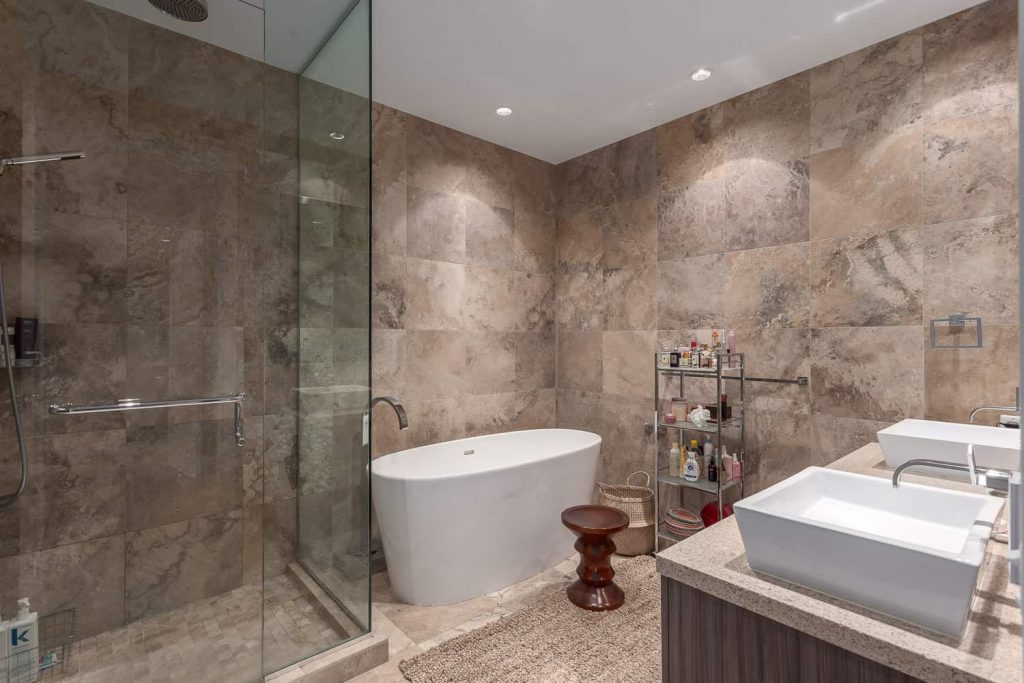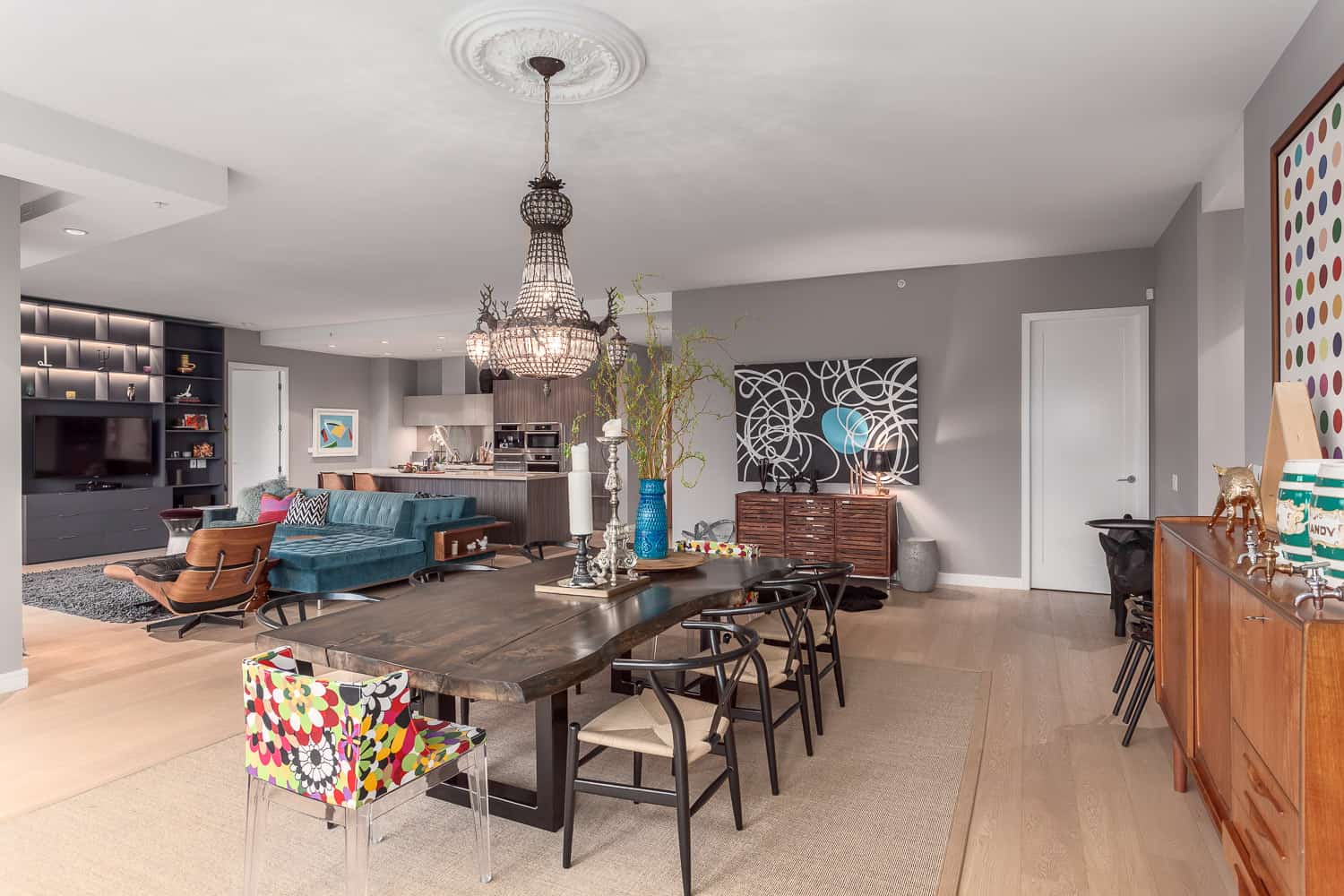If you live in or have viewed properties in “LEED* Platinum certified” Olympic Village, you will likely have come across radiant floor or radiant ceiling heating technology- two similar and very popular types of energy efficient unit heat sources. Though radiant and ceiling heating seem similar they also have some quite distinct differences- so what’s the difference between the two? Is one better than the other? Let’s take a look at the advantages and disadvantages of each one.
Radiant Floors
Radiant floor heating is definitely one of the most popular types of energy efficient heat sources that is growing in success and amounting a long list of satisfied customers. Because of this it’s difficult to criticize radiant floor heating technology. They are among the most comfortable and efficient means of distributing heat in most homes when done well and in the proper circumstances. However, this type of heating is not without it’s limitations.
First, the maximum surface temperature of a radiant floor is around 87F (about 45 Btu per square foot). If the floor is operated above this temperature, the occupants are likely to complain of uncomfortably hot and sweaty feet.
Secondly, radiant floors are limited by the amount of energy that can penetrate resistant floor coverings, such as certain wood and carpeted floors. In many cases, these materials limit the actual output to less than 20 Btu per square foot. Unfortunately, these are the types of flooring we see used in the more chic, sophisticated rooms, with large windows and high heating loads. Also, floor coverings are likely to change significantly over the life of the unit depending on various owners design tastes over the years.
Radiant Ceilings
Now, radiant ceilings on the other hand, can easily operate at surface temperatures up to 100 F, delivering in excess of 55 Btu per square foot. Since ceilings are typically constructed of sheet rock, they offer very little resistance to thermal transfer. Unless the owners make a drastic change to the ceiling material, it’s likely the output of the ceiling won’t change during the life of the home. When speaking of radiant ceilings and comfort, there seems to be some conceptual misunderstandings.
One myth is that heat rises, therefore you’ll have a hot head and cold feet. That’s simply not true. Heat doesn’t rise… hot air rises! In radiant systems, the unit is heated without heating the air. Actually, there is typically more hot air rising with a radiant floor than with a radiant ceiling. This is because air molecules that come into contact with the radiant ceiling already occupy the highest strata. In radiant floors, the cooler molecules sink and come into contact with the warm floor surface and rise as their density changes with heat, driving the convective forces that cause stratification. Under normal conditions neither radiant floors or radiant ceilings heat the air to an uncomfortable level such as in forced air systems, however.
Another misunderstanding about radiant floors and ceilings involves the surface temperatures that are achieved. Just as the overhead rays of the sun are absorbed by the beach sand, radiant ceilings warm the floor therefore there are no cold floors in radiant ceiling heated properties.
A question that is quite often raised however is “Will objects placed on the radiant floor slow down the flow of energy?”. Large rugs, and some furnishings such as sofas and beds can reduce the usable floor area, increasing the Btu load per square foot, and, perhaps, exceeding the system capability. Radiant ceilings are not subject to these types of problems.Radiant ceilings accelerate fast and dissipate energy fast as well. The responsiveness of radiant ceilings makes them excellent for modern controls, placing energy where it is needed when it is needed, and achieving superior comfort and efficiency. Some high mass radiant floors are delayed in that they take a long time to heat up to meet the load.

Installation-wise, radiant ceilings cost far less than radiant floors. In fact, in most cases they cost less than half of a radiant floor. Lower cost means more opportunity. They take less effort to design and install. Radiant ceilings are great for retrofit scenarios. It is very inexpensive and relatively easy to lower a ceiling to accommodate the radiant ceiling, but difficult to raise a floor. Radiant ceilings are not optimal over a concrete slab placed on the grade of the earth. Radiant floors are best for these situations. Radiant floors are also preferred in rooms with smooth surface floors, such as bathrooms, where one is likely to be barefoot.
Both radiant ceilings and radiant floors are reliable, energy efficient heat sources but when push comes to shove, the heat losses are high and the floor coverings are plush, radiant ceilings arguably cannot be beat.
Want to know more about Olympic Village condos? Call me!
